Ferns have a big advantage over the mosses in their vascular tissue. They can grow taller, and can exist in more diverse environments. This is a trend that will continue in evolution, eventually leading to the rise of such large Sporophyte generations as the great sequoia trees. But if ferns are so much more fit for survival, why are there still mosses? And if a larger Sporophyte generation is more fit, why haven’t sequoias become dominant enough to eliminate the ferns? While there are clear benefits to a larger Sporophyte generation, in some recurring natural situations, natural selection favors mosses over ferns or ferns over trees. Spores are better at spreading by wind than many seeds are, for instance. So while in the long term, the protection of a seed allows seed plants to be dominant on the planet, in many situations the lightness and transport of a spore is still efficient in spreading ferns.
There are two gena that have showed immense diversity in the division Pteridophyta. Selaginella and Equisetum have been identified to be the only gena that are Heterosporous.

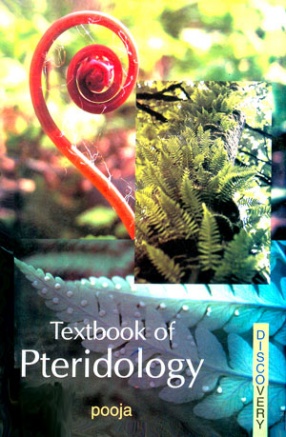
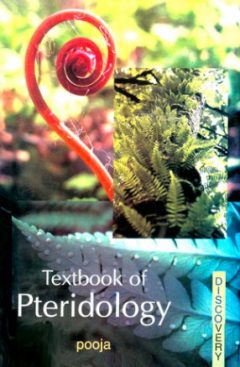
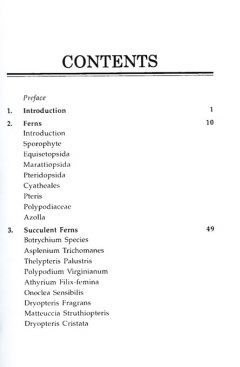
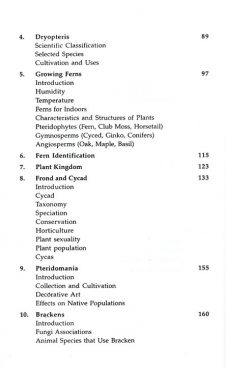
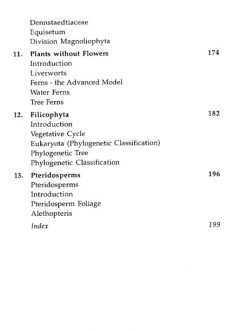

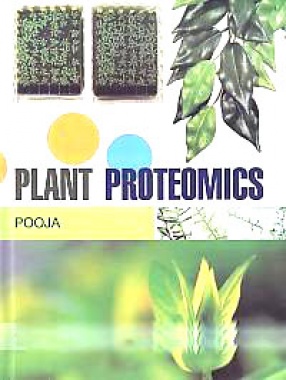
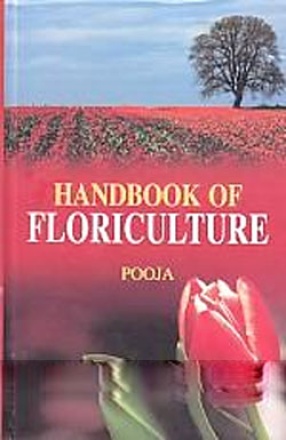
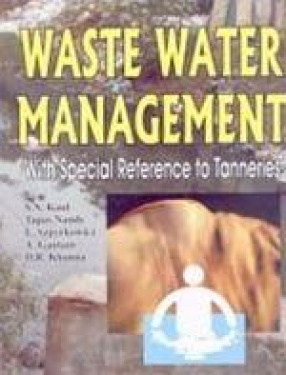
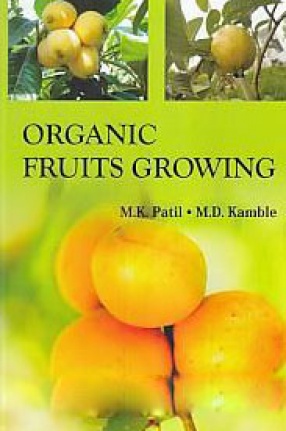

There are no reviews yet.